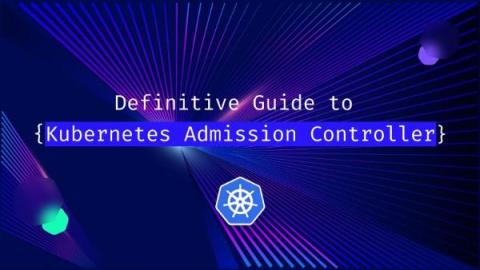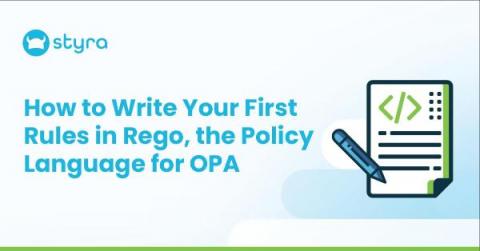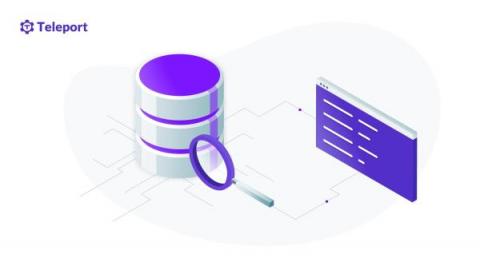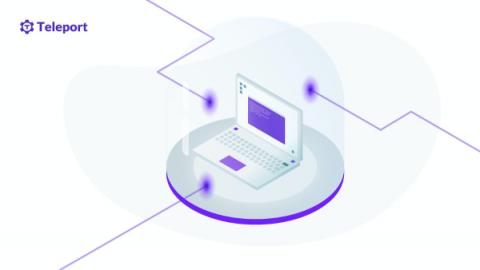Security | Threat Detection | Cyberattacks | DevSecOps | Compliance
DevOps
How to Find the Best Open Source Packages
How to secure Kubernetes Pods post-PSPs deprecation
AppSec Decoded: Building Security into DevOps Part 1| Synopsys
RSA 2022-What a Week!
After two years of virtual events, the Mend team was beyond excited to gather in San Francisco’s Moscone Center and connect with the tech community face to face. This year’s theme was ‘transformation,’ which couldn’t be more appropriate for us as we unveiled our new company name and integrated application security platform with automated remediation for SCA and SAST.
How to Write Your First Rules in Rego, the Policy Language for OPA
Rego is the purpose-built declarative policy language that supports Open Policy Agent (OPA). It’s used to write policy that is easy to read and easy to write. Fundamentally, Rego inspects and transforms data in structured documents, allowing OPA to make policy decisions. Rego was originally inspired by Datalog, a common query language with a decades-long history, but extends its capabilities to support structured document models like JSON.
Cloud Security Architecture: A Practical Guide
Cloud computing security architecture describes how an organization secures data, applications, and workloads hosted across cloud environments. It specifies all technologies — both software and hardware — allocated for protecting cloud assets, and defines the security responsibilities shared between the cloud services provider and the organization. Cloud security architecture is a component of the organization’s overall security approach.
How to Record and Audit Amazon RDS Database Activity With Teleport
This blog is the final part of a series about secure access to Amazon RDS. In Part 1, we covered how to use OSS Teleport as an identity-aware access proxy to access Amazon RDS instances running in private subnets. Part 2 explained implementing single sign-on (SSO) for Amazon RDS access using Okta and Teleport. Part 3 showed how to configure Teleport access requests to enable just-in-time access requests for Amazon RDS access.
Bringing cloud native application security full circle
The cloud has enabled organizations to build and deploy applications faster than ever, but security has become more complex. The shift to cloud has created a world where everything is code — not just the applications, but also the infrastructure they run on. So, any security issue within an application or cloud environment can put an entire system at risk. And keeping that cloud native application stack secure is increasingly the responsibility of development teams.
Is VPN or Zero Trust Access Best for Remote Working Security?
The pandemic changed the way people work, and many companies have been fast to adapt to this shift in work culture by encouraging and promoting remote and hybrid work. Zero Trust Network Access or ZTNA is gaining popularity as a secure alternative to corporate VPN-based access to the internal application and network services.











